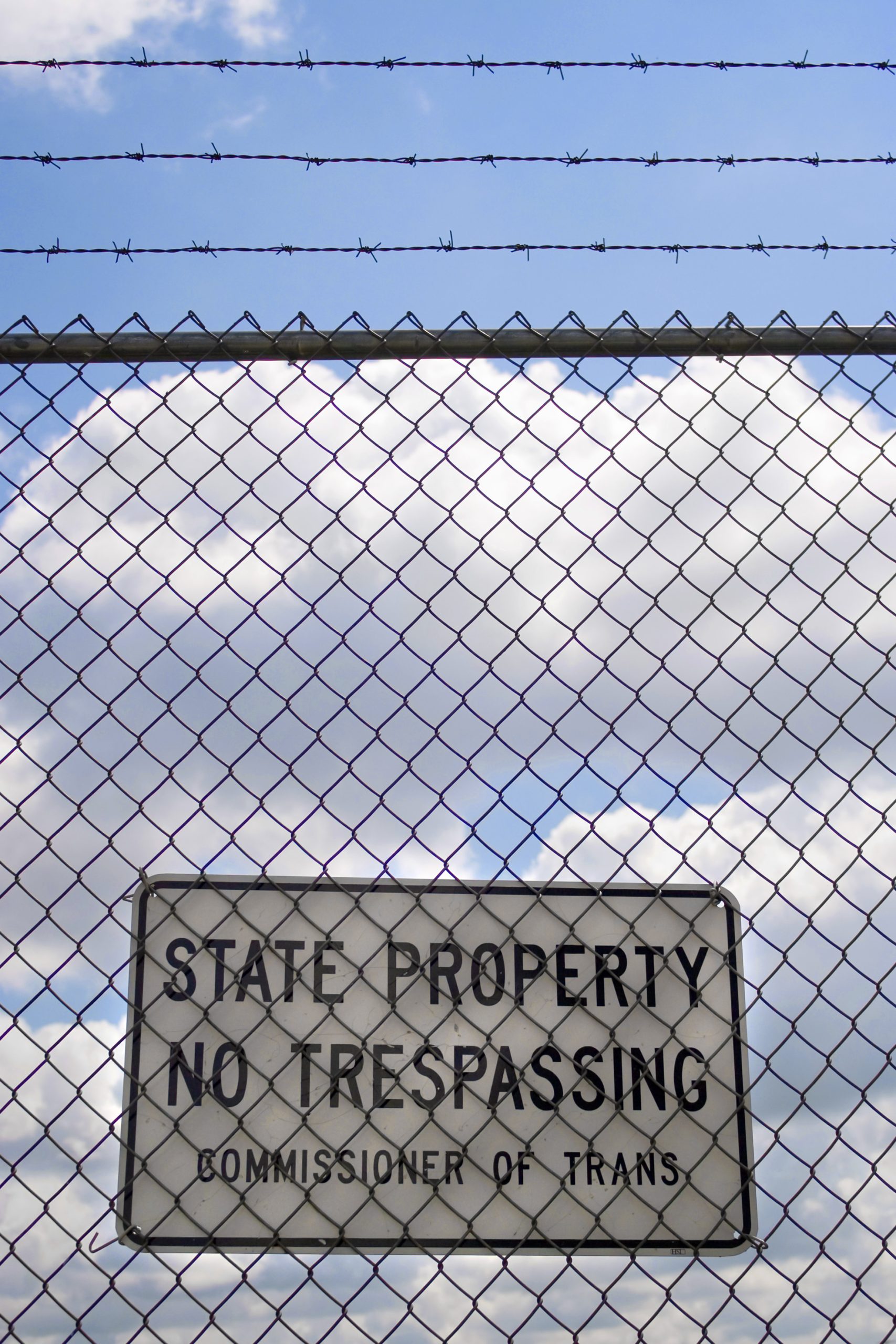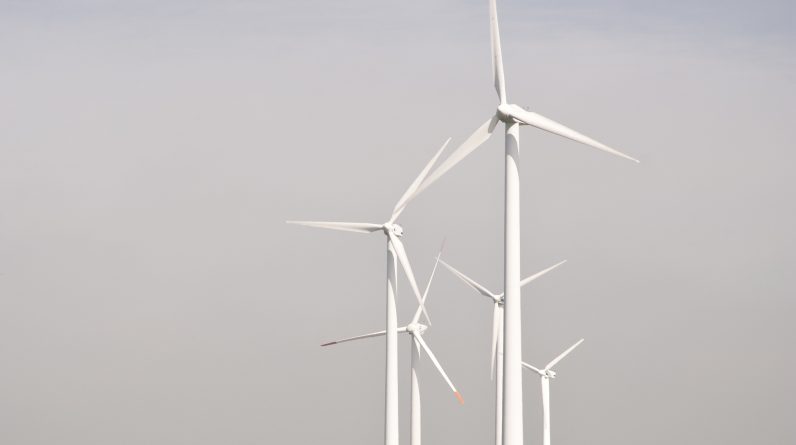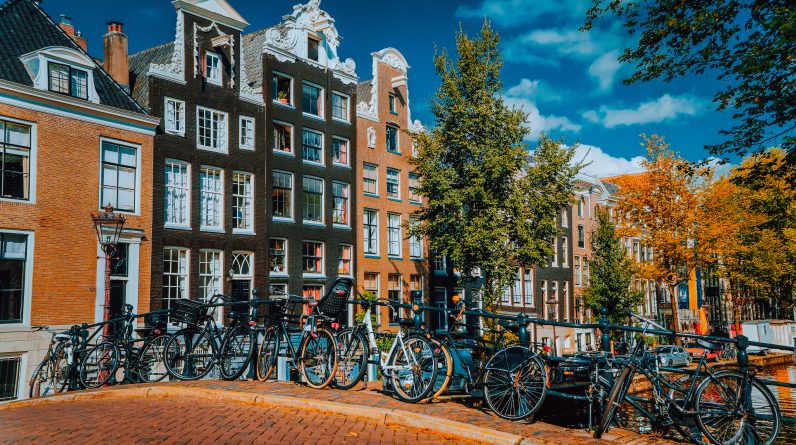
Political Landscape
The United States is currently in a highly polarized political climate, with both Democrats and Republicans clashing over issues such as healthcare reform, immigration policy, and foreign relations. The impeachment proceedings against President Trump have further exacerbated this divide, leading many Americans to feel frustrated and disillusioned by their elected officials. However, there are also signs of hope that bipartisanship may be making a comeback, particularly on issues like criminal justice reform and reducing gun violence. Overall, it remains to be seen how these tensions will play out ahead of the 2024 presidential election.

Environmental Issues
Climate change has become one of the most pressing environmental concerns facing America today. From rising sea levels and increasingly severe weather events to wildfires and habitat loss, the impacts of global warming are being felt across the country. Many states and cities are taking action to reduce greenhouse gas emissions and promote sustainable practices, but much more needs to be done at the federal level to address this urgent crisis. In addition, efforts to protect endangered species and preserve natural habitats continue to face challenges from development and other human activities.
Pop Culture Trends
America’s pop culture scene continues to evolve rapidly, with new trends emerging seemingly every day. Streaming services like Netflix and Disney+ have transformed the way we consume entertainment, while social media platforms like TikTok and Instagram have given rise to a new generation of influencers and creators. Meanwhile, video games like Fortnite and Call of Duty remain hugely popular among young people, and superhero movies show no sign of slowing down at the box office. But beyond just entertainment, pop culture can also serve as a powerful tool for social commentary and activism, as seen in recent movements like #BlackLivesMatter and MeToo.
Economic Development
Despite some positive economic indicators, such as low unemployment rates and steady GDP growth, many Americans still struggle with poverty and income inequality. Rural communities in particular have been hit hard by job losses and declining industries, leading to widespread despair and addiction epidemics. Efforts to revitalize these areas through initiatives like broadband expansion and workforce training programs offer hope for a brighter future, but much more needs to be done to ensure that all Americans have access to opportunities for success. Additionally, debates about wealth redistribution and tax policies continue to dominate the national conversation around economic policy.




